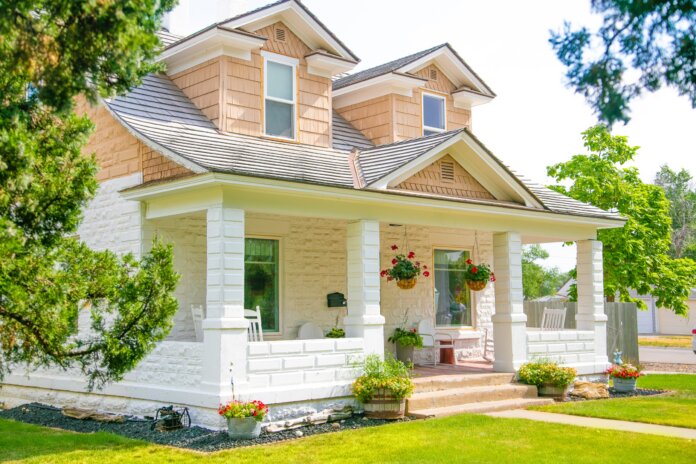The Data & Analytics division of Black Knight Inc. has released its latest Mortgage Monitor Report, based upon the company’s mortgage, real estate and public records datasets. This month’s report examines the continuation of record-breaking home price growth – even with interest rates rising sharply – and the mounting affordability pressures resulting from these competing dynamics. According to Black Knight Data & Analytics President Ben Graboske, February 2022 saw the largest annual home price gains on record.
“Home prices grew by 1.84 percent in February – nearly four times the 25-year average for the month – and they did so while interest rates continued to climb throughout the month,” says Graboske. “The month’s 19.6 percent year-over-year growth marked the highest annual rate of appreciation on record, with the average home having now increased in value by more than 34% since February 2020, just prior to the pandemic.
“After a brief cooling last fall, appreciation has been reaccelerating for the last four months,” continues Graboske. “Indeed, a full three-quarters of the 100 largest U.S. markets – all 100 of which registered double-digit annual appreciation in February, it should be noted – are seeing reacceleration of home price growth. And that is all while interest rates climbed nearly one-third of a percent in February and are now up more than 1.25 percent since the start of the year.”
As the current inventory crisis is key to these unprecedented housing market conditions, this month’s Mortgage Monitor also looks at what many had thought might serve as a release valve to the current shortage – namely potentially hundreds of thousands of homeowners coming out of forbearance listing their homes for sale as a resolution. The report finds that, of the 8.1 million homeowners who had been in forbearance at some point during the pandemic, there have been 2.3 million (28%) liquidations thus far. Of these, 925,000 have paid off their loans in full through the sale of their home.
While this has worked out to an average of 40,000 such sales per month during the pandemic, it has not filled the inventory gap and has been trending downward in recent months. Less than 750,000 loans remain in active forbearance, with another 400,000 that are no longer in forbearance but still involved in active loss mitigation efforts. Recent post-forbearance liquidations have leaned more heavily toward cash-out refinances, with homeowners perhaps seeking to reset themselves financially.
“This combination of accelerating growth and sharply rising interest rates has resulted in the tightest affordability in 15 years,” adds Graboske. “In fact, outside of the skewed 2004-2007 market, the 29.1 percent of median income now required to make the P&I payment on the average-priced home bought with 20 percent down is the highest share in 25 years. Entering the year, a prospective homebuyer who could budget a $1,700 monthly P&I payment – roughly the amount required to buy the average home today, excluding taxes and insurance – could afford a $497,000 house.”
“With Freddie Mac reporting the average 30-year rate at 4.42 percent on March 24, that same borrower can now afford less than $425,000,” says Graboske. “The average P&I payment has increased 24 percent, or approximately $329 per month, while at the same time, the average homebuyer’s buying power has dropped by 15%. In the recent past, a payment-to-income ratio above 21% has worked to cool the housing market and regulate prices, but today’s record-low inventory continues to fuel significant growth even in the face of the tightest affordability in 15 years.”
Read the full report here.
Photo by Ian MacDonald on Unsplash











